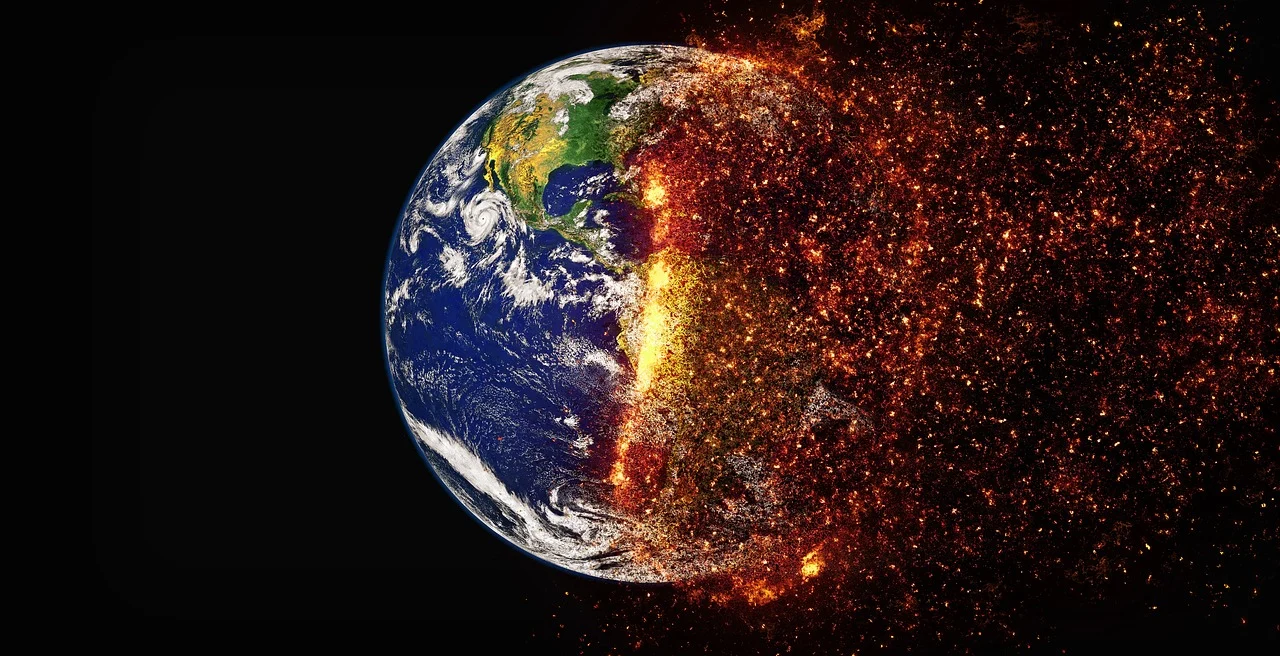

Call it Law and Order: Climate Change. Scientists used detective work to pinpoint the prime suspect in Earth’s warming: us.
They proved it couldn’t be anything but carbon dioxide and other greenhouse gases from the burning of fossil fuels.
___
EDITOR’S NOTE: This story is part of an ongoing series answering some of the most fundamental questions around climate change, the science behind it, the effects of a warming planet and how the world is addressing it.
___
For more than 30 years top scientists from across the globe have worked together every several years to draft a report on climate change and what causes it and with each report — and increases in global temperatures — they have become more and more certain that climate change is caused by human activities. In the latest version of their report they said: “It is unequivocal that human influence has warmed the atmosphere, ocean and land.”
Scientists — including the late Ralph Cicerone, the former president of the National Academy of Scientists — have told The Associated Press their confidence in climate change being a human caused problem is equivalent to their certainty in understanding that cigarettes are deadly.
One way to show humans caused the warming “is by eliminating everything else,” said Princeton University climate scientist Gabe Vecchi.